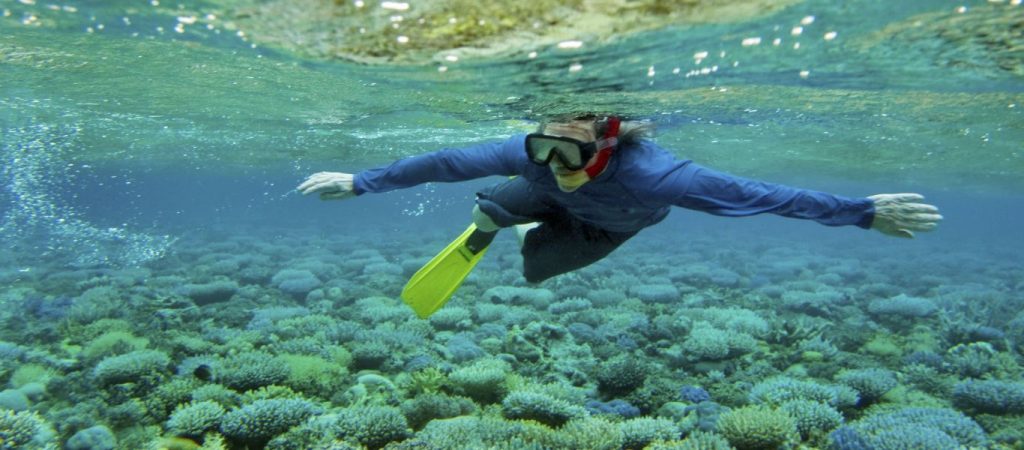It is important to regularly test your fire extinguisher. If it is older or too old, it may be damaged. Check for rust and wear on the hose and cap. Make sure the pins and nozzle are intact and free of damage. Also, inspect the extinguisher’s seal. It must be able to withstand the pressure of the fire and the pressure of the water.

During a monthly fire extinguisher inspection, you must drain the cylinder. Then, you should blow out the inside of the cylinder to check for cracks, pitting, or flaws. Then, you should fill the cylinder with water and place it behind a cage or shield to monitor the pressure of the water. If the pressure drops, it means there’s a leak.
The process of fire extinguisher testing involves discharging the contents of the fire extinguisher. You must check the inside for any cracks or pits. You should also ensure that the tamper seal and locking pin are intact. Then, you should place the cylinder behind a cage or shield to monitor the pressure. If the pressure drops, you’ll know you have a leak.
If you have a fire extinguisher in your workplace, you should have it tested by an experienced and certified person. It’s important to have the cylinder inspected regularly so that you can ensure its safety and effectiveness. If it’s not properly maintained, it could lead to a dangerous accident. A monthly inspection will ensure your extinguisher is working properly and is ready for a potential fire.
You should have your fire extinguisher professionally tested at least once a year. The testing should take place in a well-ventilated area, away from children and pets. It’s also best to hire a company that will do the work for you. Then you can relax and enjoy your newfound freedom! And if you have a fire extinguisher, you’ll have no problem fighting the fire.
The process of fire extinguisher testing involves blowing out the inside of the cylinder and checking it for damages and rust. To carry out the tests, you should remove the valve. The inside of the cylinder must be inspected for flaws and pits. The cylinder is then filled with water and placed behind a cage or protective shield. A gauge must be used to monitor the pressure. If there are any drops, then you’ve got a leak.
It’s essential to have regular fire extinguisher tests. It is vital to ensure that you’re using the correct type of fire extinguisher for your property. If you have an older building, you’ll need a larger one. A newer building will need a larger one. It’s a good idea to test the cylinders to make sure they’re in good condition.
In order to ensure the safety of your business, you’ll need to make sure that all fire extinguishers are properly tested. It’s important to hire trained professionals who are familiar with fire safety issues and can identify any flaws or pits that might cause a problem. The NFPA 10 is the standard for fire safety and requires periodic testing. It should be performed at least once a year.
If you’re unsure what to do when it comes to fire extinguisher testing, don’t worry. This simple process is required by law and is highly recommended by most professionals. It’s a great way to ensure the safety of your business. You’ll be able to rest assured that your employees are safe. And you’ll be able to breathe more comfortably at work when your employees are safe.
You can check your extinguisher cylinder by hanging it on a tag. If it doesn’t have one, use a piece of cardboard and make notes. If you don’t have a tag, you can always attach a note of your choice to the tag. The inspection tag will tell you when your fire extinguisher last undergone a thorough review. Inspecting your extinguisher for tamper maintenance will help you ensure that it remains in good condition for the next several years.
In addition to performing visual inspections, a fire extinguisher needs to undergo hydrostatic testing every so often. This process measures the cylinder’s capacity to hold pressure and is an important step in the safety of your equipment. If you notice any damage, it may be time to replace your extinguisher. In case of damage to the hose, you should contact a fire protection service.

